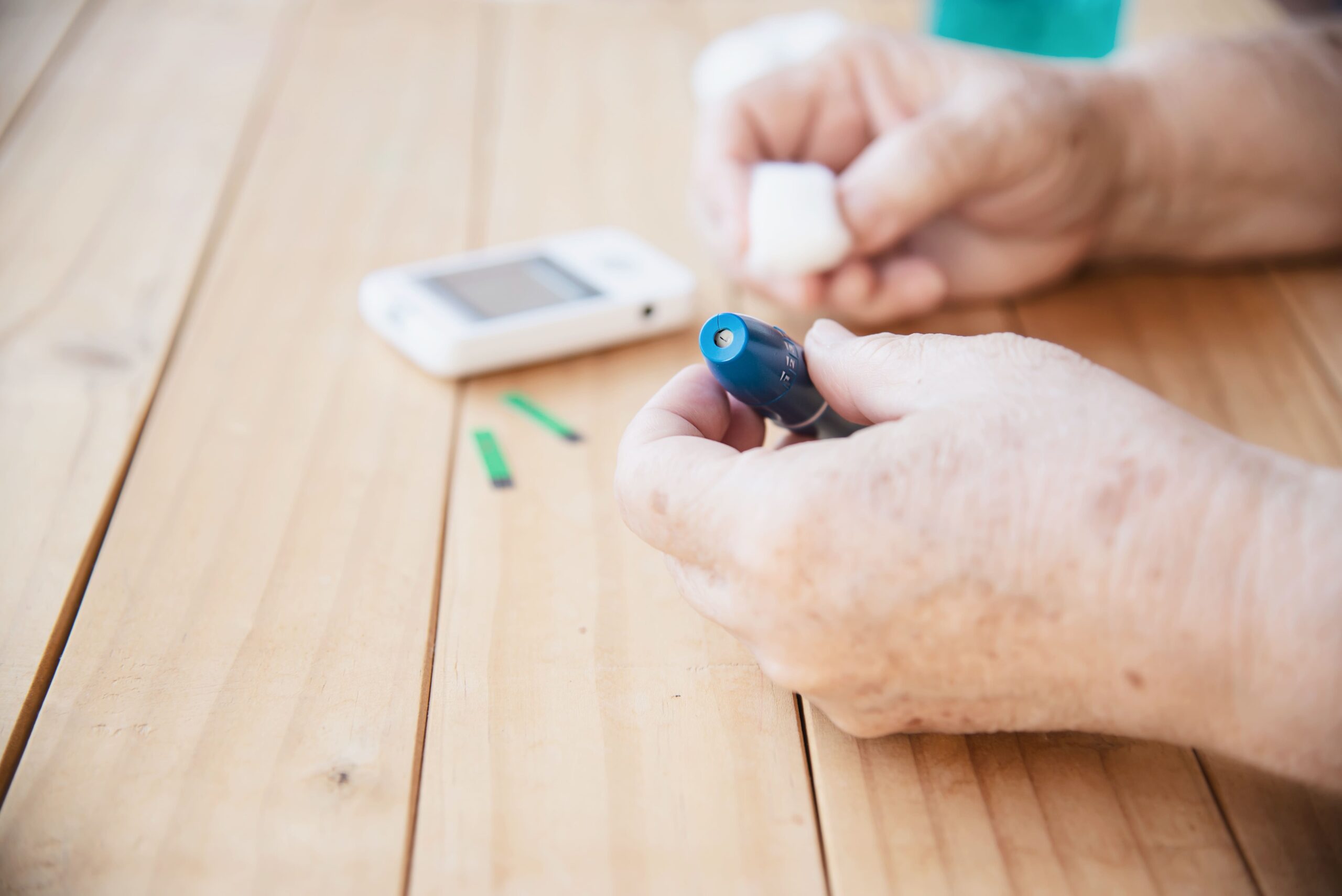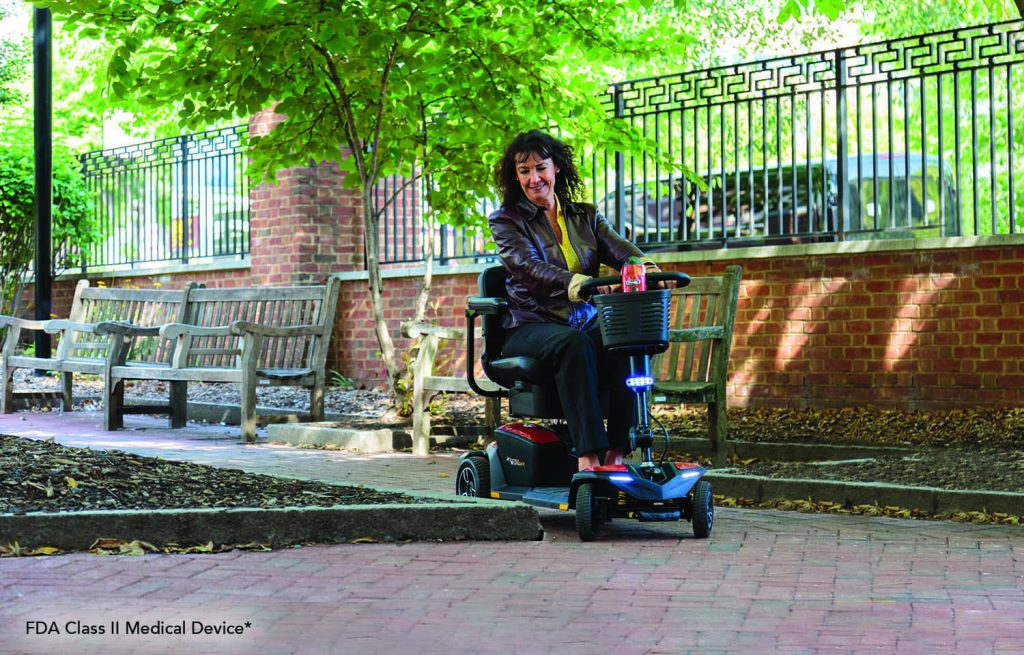Living with diabetes is a constant balancing act of managing blood sugar levels, meal planning, and insulin dosing. For years, I relied on fingersticks and traditional glucometers to monitor my glucose levels. While effective, this method often left me guessing about trends and struggling to keep my blood sugar in range.
That all changed five years ago when I started using a continuous glucose monitor (CGM). This tiny device has revolutionized how I manage my diabetes, offering real-time insights and empowering me to make better decisions about my health. In this article, I’ll share my personal journey with CGM, how it works, and the ways it has transformed my diabetes management.
What is Continuous Glucose Monitoring (CGM)?
A continuous glucose monitor is a small device that tracks glucose levels in real-time, providing updates every few minutes. The system typically consists of:
- A Sensor: Inserted under the skin to measure glucose levels in the interstitial fluid.
- A Transmitter: Sends the data wirelessly to a display device.
- A Receiver or App: Displays your glucose levels on a smartphone, smartwatch, or dedicated device.
Unlike traditional glucometers, which provide a single reading at a specific moment, CGMs track trends and offer a complete picture of how your glucose levels change throughout the day.
My Transition to CGM
When my endocrinologist first suggested a CGM, I was hesitant. The idea of wearing a device 24/7 felt invasive, and I worried about the cost and learning curve. But after just a week of using the CGM, I realized it was a game-changer.
Immediate Benefits I Noticed:
- Real-Time Data: No more guessing what my blood sugar was doing between fingersticks.
- Trend Insights: I could see how meals, exercise, and stress impacted my glucose levels.
- Reduced Fingersticks: While I still needed to calibrate the device occasionally, the need for constant pricking was gone.
How CGM Transformed My Diabetes Management
1. Better Understanding of Blood Sugar Trends
Before CGM, I would check my blood sugar before meals or when I felt “off.” But those snapshots didn’t tell me how quickly my levels were rising or falling. With CGM, I gained insight into the bigger picture.
Example:
I used to assume my blood sugar was stable overnight because I didn’t check it until morning. My CGM revealed frequent nighttime lows that I hadn’t noticed before, allowing me to adjust my insulin dosing.
2. More Accurate Insulin Dosing
Knowing my glucose trends helped me fine-tune my insulin doses, avoiding spikes and crashes.
How CGM Helped:
- Avoiding Over-Corrections: Real-time data showed me when my insulin was working, so I didn’t stack doses.
- Pre-Bolus Timing: I learned to take insulin earlier for meals to prevent post-meal spikes.
3. Freedom from Fingersticks
While CGMs aren’t completely fingerstick-free, they drastically reduce the need for daily checks. This was a huge relief for me after years of sore fingers and the hassle of constant pricking.
What It Means in Practice:
- I now check my levels on my phone or smartwatch with a quick glance.
- I reserve fingersticks for occasional calibration or device malfunctions.
4. Improved Safety During Exercise
Exercise often caused unpredictable blood sugar swings for me. With CGM, I can monitor my levels during workouts and make real-time adjustments.
What I Do Differently Now:
- I reduce my insulin dose before workouts if my levels are trending downward.
- I pause for snacks when I see a drop happening, preventing lows before they occur.
5. Alerts and Alarms for Critical Levels
One of my biggest concerns before CGM was the risk of hypoglycemia, especially at night. CGM alarms notify me when my glucose levels are too high or too low, giving me peace of mind.
How It Works:
- Customizable Alerts: I set alarms for specific glucose thresholds.
- Nighttime Safety: If my levels drop dangerously low, my CGM wakes me up so I can treat it immediately.
Challenges and How I Overcame Them
While CGMs offer incredible benefits, they’re not without challenges. Here’s what I faced and how I managed:
1. Adhesive Issues
The sensor adhesive sometimes irritated my skin or didn’t stay in place.
Solution:
- I use barrier wipes to protect my skin before applying the sensor.
- I secure the sensor with medical tape or adhesive patches.
2. Cost Concerns
CGMs can be expensive, and insurance coverage varies.
Solution:
- I worked with my healthcare team to secure prior authorization for coverage.
- I explored manufacturer assistance programs to reduce out-of-pocket costs.
3. Learning Curve
It took time to interpret the data and use it effectively.
Solution:
- I attended a CGM training session with my endocrinologist.
- I joined online support groups to learn tips from other CGM users.
The Emotional Impact of Using a CGM
Using a CGM isn’t just about numbers—it’s about reclaiming control over my life.
What Changed for Me:
- Reduced Anxiety: Knowing my levels at all times eliminated much of the stress I felt about potential highs or lows.
- Increased Confidence: Real-time data empowered me to make informed decisions about meals, exercise, and insulin.
- Improved Quality of Life: I felt freer to travel, exercise, and enjoy life without constant worry about my glucose levels.
FAQs
1. Can CGMs completely replace fingersticks?
While some CGMs are FDA-approved for making treatment decisions, occasional fingersticks may still be needed for calibration or verification.
2. Are CGMs painful to wear?
Most users find the insertion process to be minimally painful. Once in place, the sensor is usually comfortable and easy to forget about.
3. How long do CGM sensors last?
Sensors typically last 7-14 days, depending on the model. Your CGM app or device will alert you when it’s time for a replacement.
4. Will insurance cover a CGM?
Many insurance plans cover CGMs for individuals with diabetes, particularly if they require insulin. Check with your provider for details.
5. Can I exercise with a CGM?
Yes! CGMs are designed to stay in place during physical activity. If needed, secure the sensor with additional adhesive patches.
Conclusion: A Game-Changer for Diabetes Management
Continuous glucose monitoring has transformed how I manage my Type 1 diabetes. By providing real-time insights, improving safety, and reducing the need for fingersticks, CGM has made my life with diabetes easier, more manageable, and less stressful.
If you’re considering CGM, my advice is simple: give it a try. It may take some adjustment, but the benefits are worth it. With the right tools and mindset, you can take control of your diabetes and live your life to the fullest.






